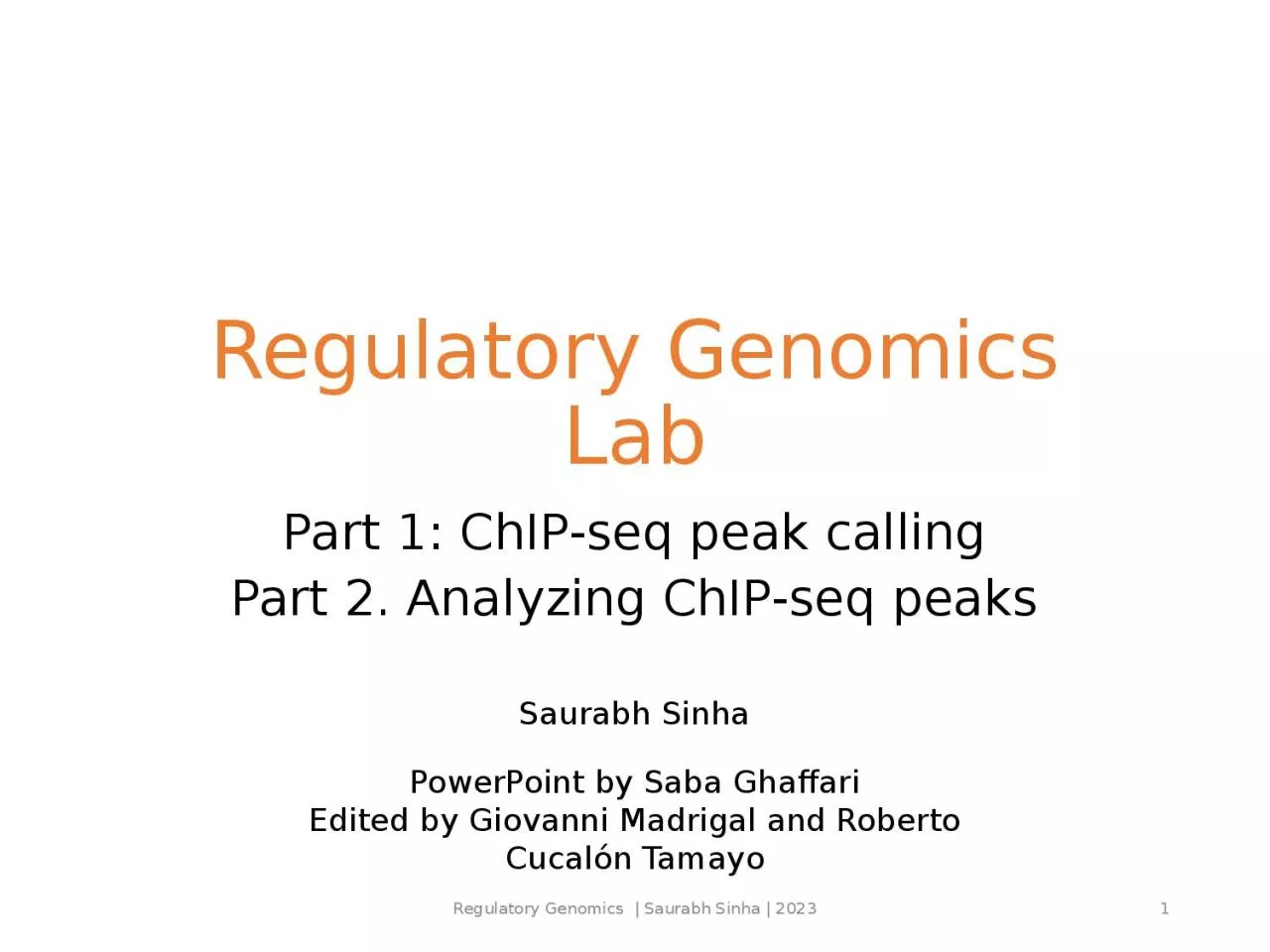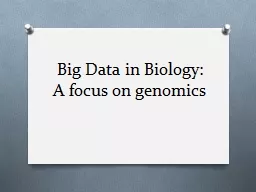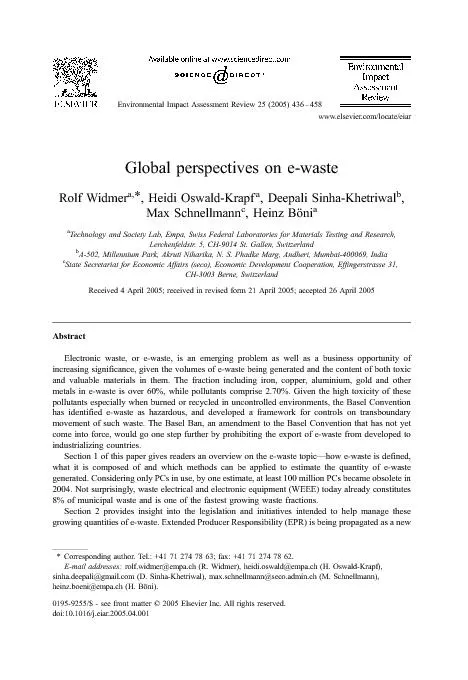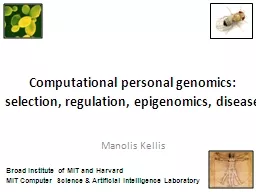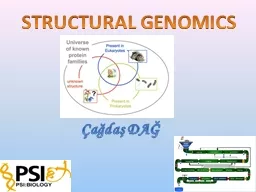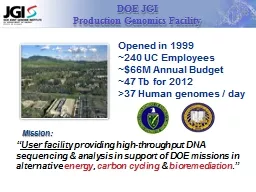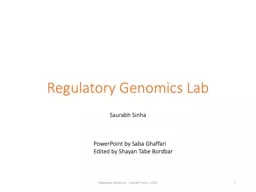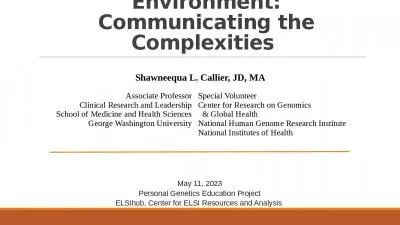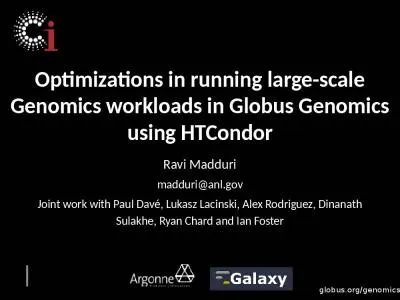PPT-Regulatory Genomics Lab Regulatory Genomics | Saurabh Sinha | 2023
Author : adah | Published Date : 2024-02-09
1 Part 1 ChIP seq peak calling Part 2 Analyzing ChIP seq peaks Saurabh Sinha PowerPoint by Saba Ghaffari Edited by Giovanni Madrigal and Roberto Cucalón Tamayo
Presentation Embed Code
Download Presentation
Download Presentation The PPT/PDF document "Regulatory Genomics Lab Regulatory Genom..." is the property of its rightful owner. Permission is granted to download and print the materials on this website for personal, non-commercial use only, and to display it on your personal computer provided you do not modify the materials and that you retain all copyright notices contained in the materials. By downloading content from our website, you accept the terms of this agreement.
Regulatory Genomics Lab Regulatory Genomics | Saurabh Sinha | 2023: Transcript
Download Rules Of Document
"Regulatory Genomics Lab Regulatory Genomics | Saurabh Sinha | 2023"The content belongs to its owner. You may download and print it for personal use, without modification, and keep all copyright notices. By downloading, you agree to these terms.
Related Documents

